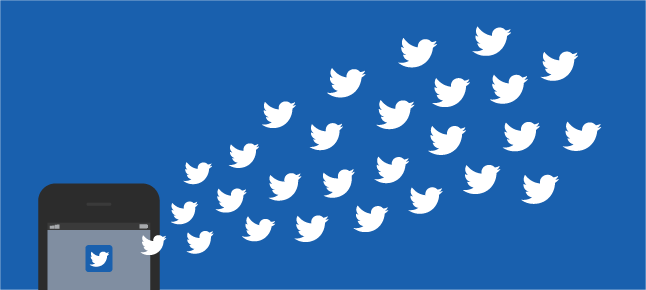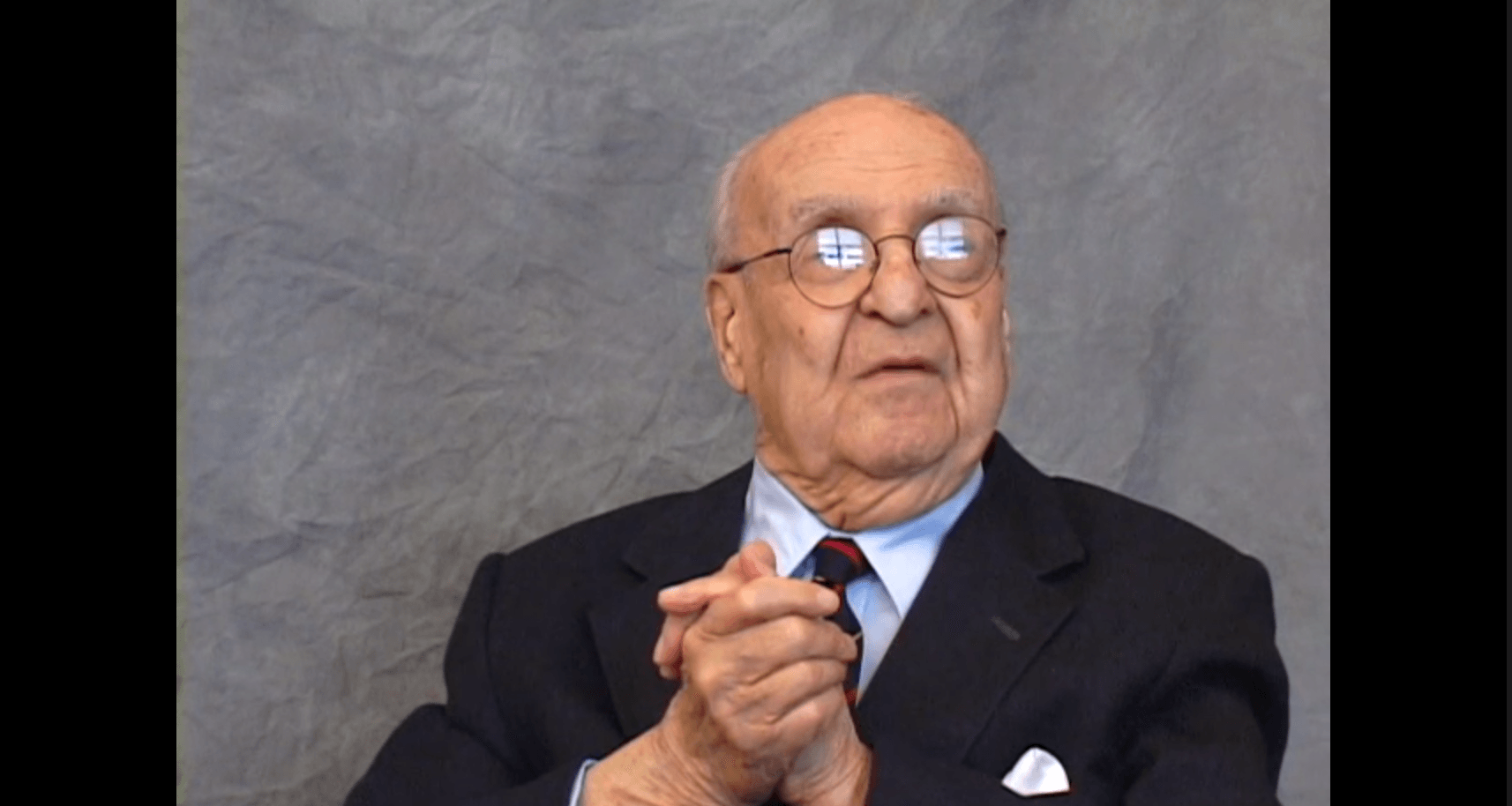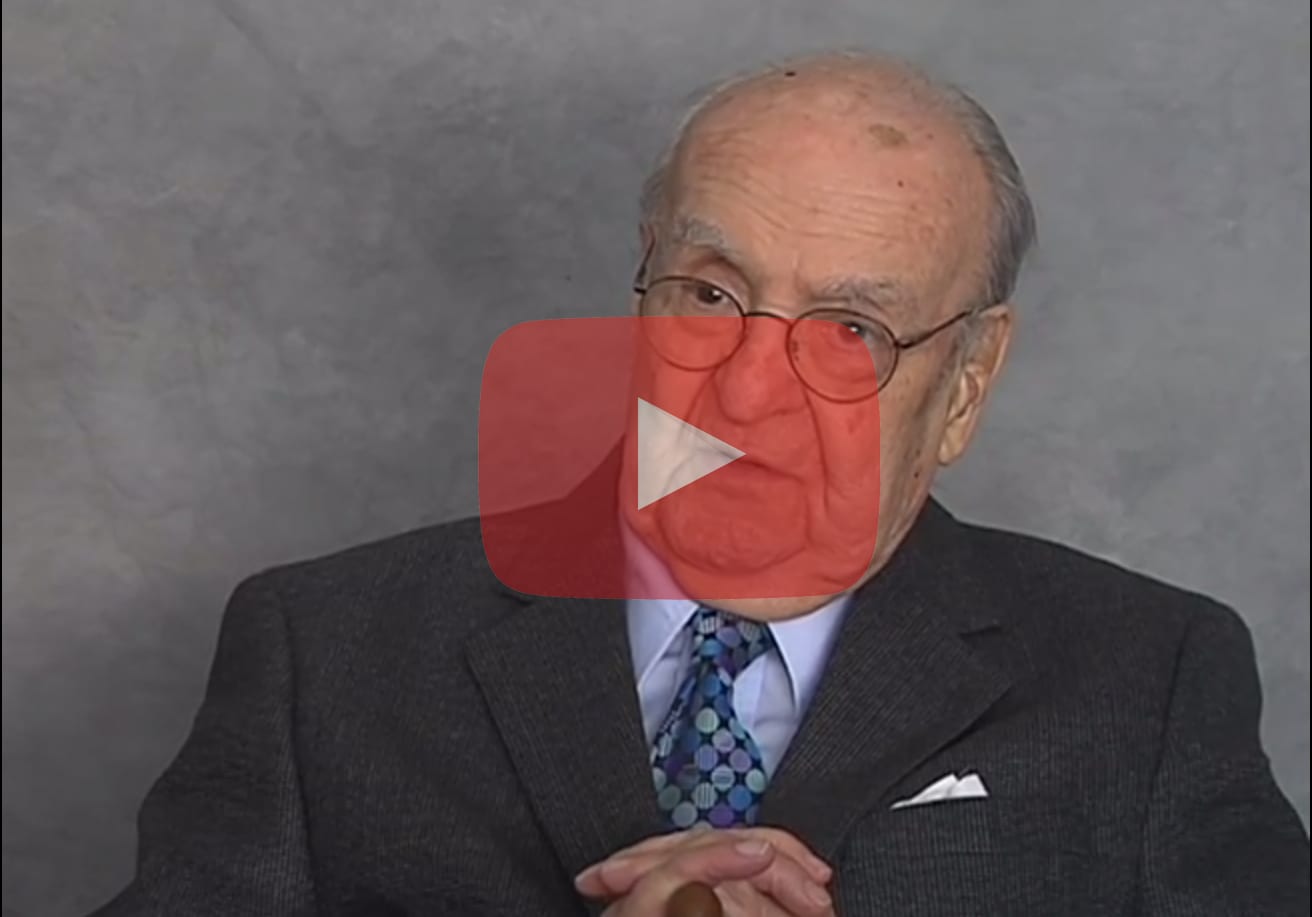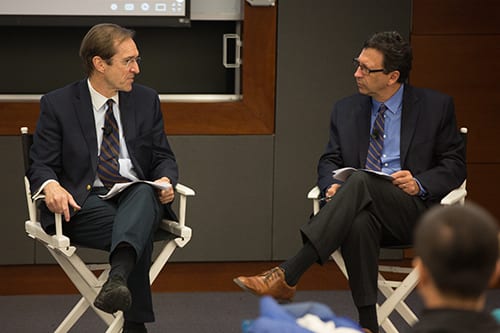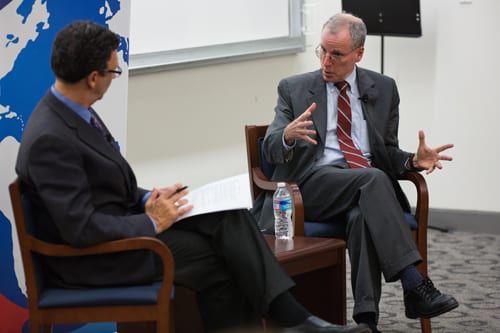This is the third of a seven-part series of posts. See part one here, and part two here.
Equally important to the relationship with Washington is the relationship within the Embassy, primarily because different sections are privy to specific policy developments emanating from headquarters that PAOs are not.

Many PAOs start each day in the embassy with meetings in the Front Office with heads of other sections to review Washington developments which will affect the embassy’s work and to discuss local developments which may inform U.S. decision making. The PAO’s job then is to convey this to the entire PD staff so that all work is aligned to the latest guidelines. This may involve what messages to convey, what terms to use or avoid, or what the reasons are for policy direction. Once again, for the PAO much of the work within the Embassy is to ensure that public outreach conforms to policy. Before the PD section posts something in social media related to a trade agreement, the economic section has to weigh in. A public statement on Russia must pass muster with the political section, which may alert the PAO to Washington sensitivities regarding wording or content. By far the most important internal relationship is between the PAO and the Ambassador, who is the public face of the Embassy. Although the PAO often plays a critical coordinating role in crafting the Ambassador’s public persona, in most embassies it is the Ambassador who deals with the press, delivers the public speeches, and personifies policy.
The average PAO spends much of his or her energy aligning agencies and sections with different missions and priorities and resolving the inevitable conflicts between representatives of US government agencies with different cultures and missions. When I was PAO in Cyprus during the evacuation of more than 14,000 Americans from Lebanon, my primary interest was to help the press get a good story. The Defense Attache had an exclusive focus on the evacuation mission with the legitimate concern that media could negatively impact that mission. In such circumstances the PAO must work with the relevant section and with the Front Office (Deputy Chief of Mission, the #2 person in the embassy especially) to balance competing needs. In this case we decided to respond to journalists’ questions of arrival time of ships from Lebanon and helped them gain access to the secure part of the port and on board ships carrying evacuees from Lebanon to Cyprus while ensuring that the media did not interfere with the arrival of the evacuees. With our help, the journalists got their story of a US government-wide effort we could be proud of and the mission continued unimpeded.

Following the old saying that amateurs think tactics but professionals think logistics, the PAO also must coordinate with other embassy offices that are part of the State Department to ensure successful exchange programs. One of the first things a PAO needs to do upon arriving at post is to develop good relations with the Admin Counselor, the General Service Officer, and the Budget and Financial manager to ensure that the administration and money side of the Embassy understands exchange programs, how the money will be used, how the programs will be organized, and how program success will be evaluated. The PAO also learns from the Admin Counselor staff what rules and deadlines need to be followed to ensure timely service and support. In Germany, for example, to prepare for large programs where hundreds of participants needed access to the embassy, the PD and Admin sections had regular meetings at all levels so that smooth logistics led to successful programs. For example, long lines or bottlenecks at the entry to programs can reveal the lack of good planning and preparation. When participants in a PD program are unaware of the logistics behind the program, one can consider that aspect a success.
One of a PAO’s main jobs is to ensure that his or her supervisors up the chain are never blindsided and that they have enough information to make decisions appropriate to the context. The PAO and/or IO spends most of the day ensuring that the Front Office knows the latest guidance from Washington, that Washington knows of potentially problematic stories emanating from the field, that USG officials are armed for potential press questions , and that the Ambassador’s speeches conform to policy. The PAO must ensure that the Ambassador and Washington learn about a developing or a bad story before they read it in the press. This gives the bureaucracy time to draft a thoughtful response. Drafting guidance often requires input from other sections to ensure that the embassy is providing a united front. In short, the average PAO must manage government internal relations (including much e-mail), manage the resources supporting exchange programs, and look inward to ensure the success of the outward face of the embassy.
We need to be reminded of Nicholas Cull’s admonition that public diplomacy must be connected to policy. It would be useful to see more scholarly writing on the internal dynamics of PAOs and other players in embassies as they cooperate to implement programs. As described above, this internal coordination in support of policy dominates a PAO’s day. Much excellent scholarly work describes managing exchange relationships with contacts in the field, but the public event is built on a foundation of internal coordination and consultation. (End Blog 3)
The views expressed in this article are those of the author and not necessarily those of the U.S. Government.
This is the third of a seven-part series of posts. See part two here, and part four here.
 Mastering USG policy requires reading the daily Department of State (
Mastering USG policy requires reading the daily Department of State (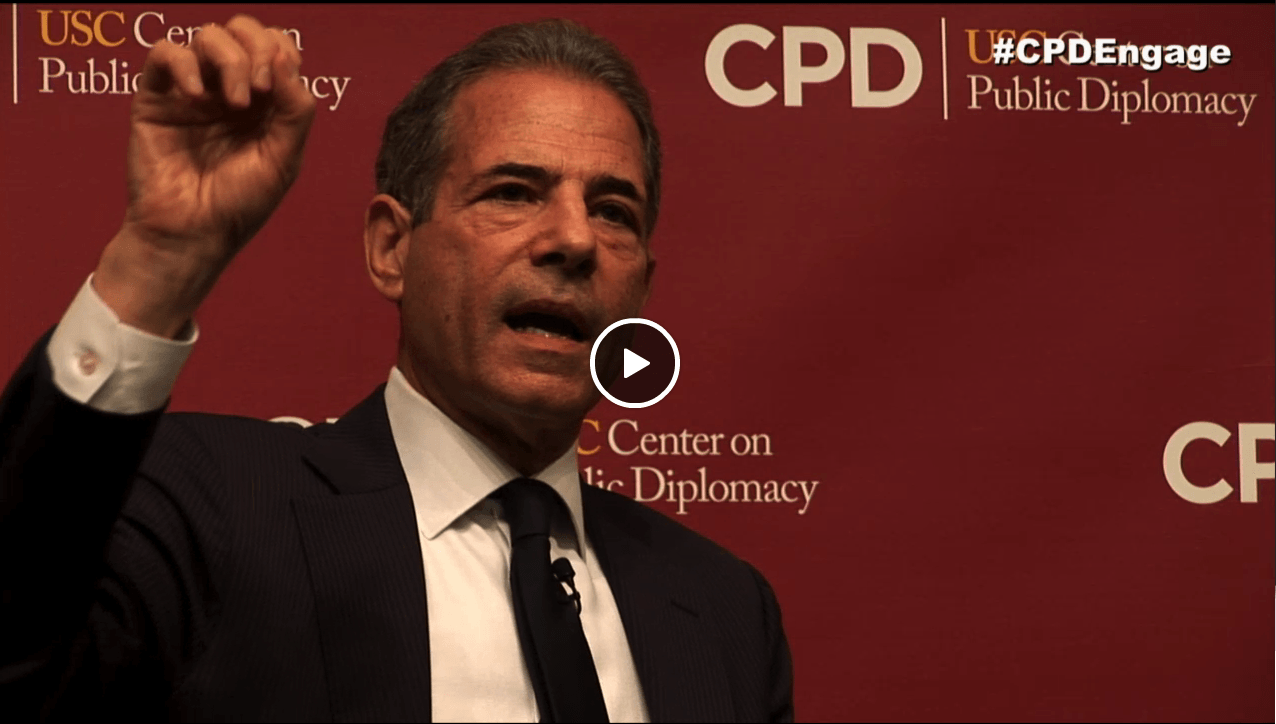
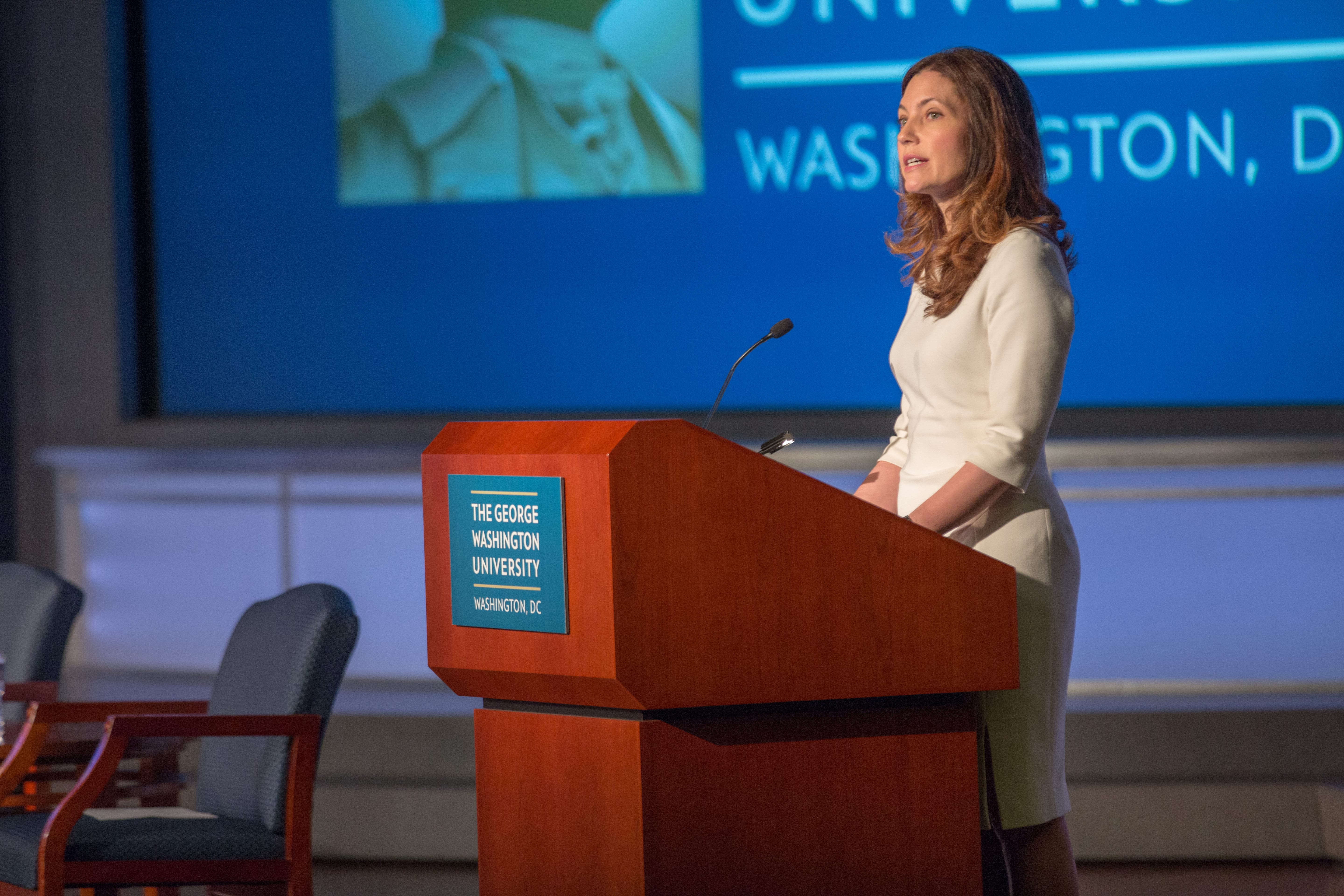 Speaking in both Spanish and English, Director of the School of Media and Public Affairs at George Washington University Frank Sesno described in his
Speaking in both Spanish and English, Director of the School of Media and Public Affairs at George Washington University Frank Sesno described in his 
